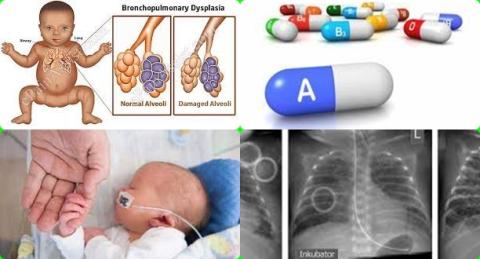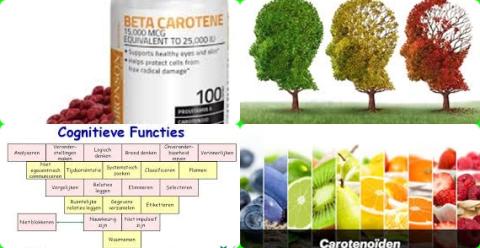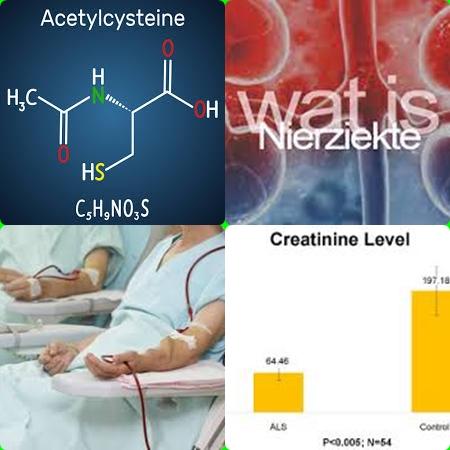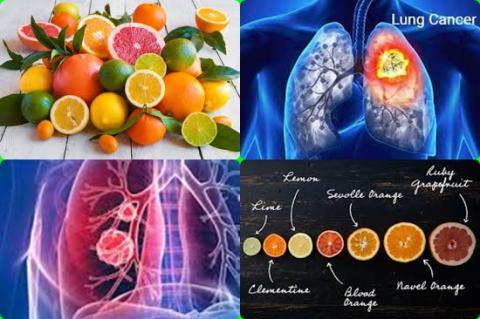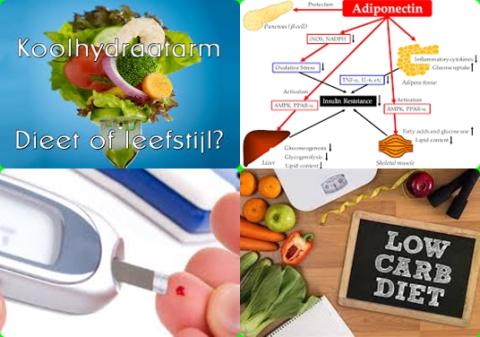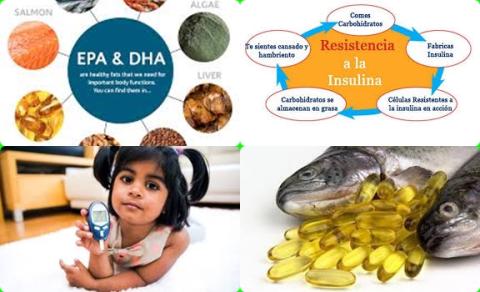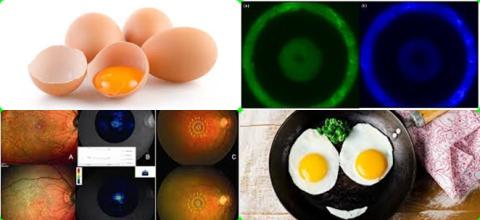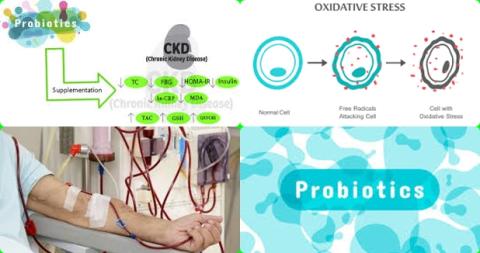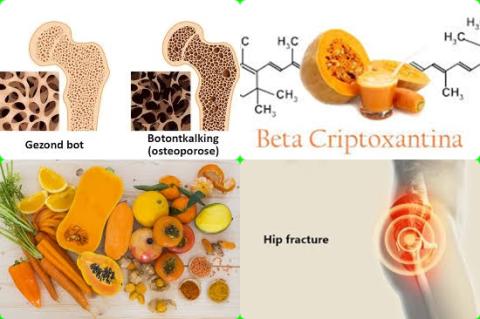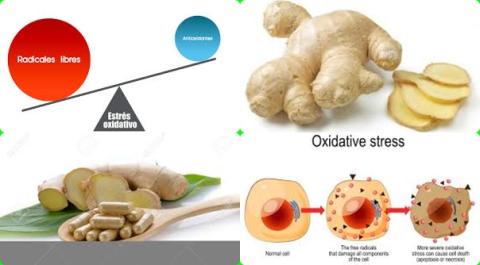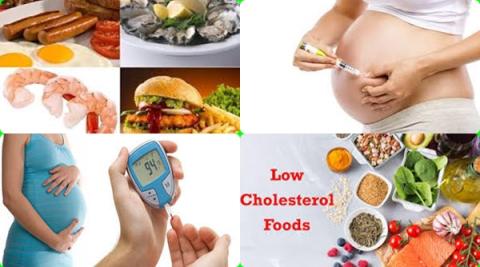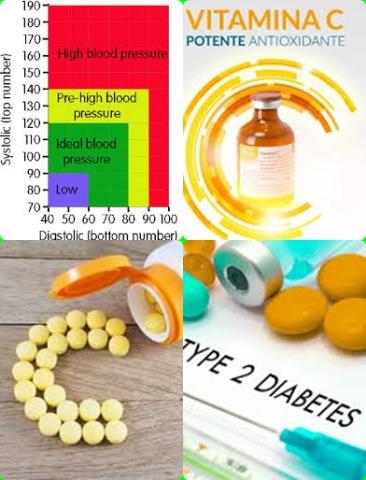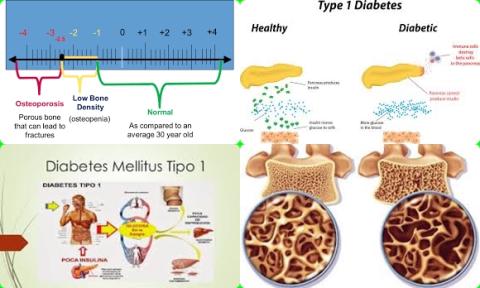Higher manganese exposure is adversely associated with childhood neurodevelopment
Objectives:
Although prior studies showed a correlation between environmental manganese (Mn) exposure and neurodevelopmental disorders in children, the results have been inconclusive. Therefore, this review article has been conducted.
Is a higher manganese exposure adversely associated with childhood neurodevelopment?
Study design:
This review article included 55 studies with 13,388 subjects.
The associations between manganese in biomarkers and neurodevelopmental outcomes were investigated in 15 cohort studies and 37 cross-sectional studies.
The neurological outcomes were assessed more frequently among children between 6 and 18 years of age than children under 6 years old.
A large percentage (44/55) of included studies was of high quality.
Results and conclusions:
The investigators found evidence from cohort studies showed that higher manganese exposure had a negative effect on neurodevelopment, mostly influencing cognitive and motor skills in children under 6 years of age, as indicated by various metrics.
The investigators found results from cross-sectional studies revealed that elevated manganese (Mn) in hair (H-Mn) and drinking water (W-Mn), but not blood (B-Mn) or teeth (T-Mn), were associated with poorer cognitive and behavioral performance in children aged 6-18 years old.
Of these cross-sectional studies, most papers reported that the mean of H-Mn was more than 0.55 μg/g.
The investigators found that a 10-fold increase in hair manganese was associated with a decrease of 2.51 points [95% CI = -4.58 to -0.45) in Full Scale IQ, while B-Mn and W-Mn generated no such significant effects.
The investigators found the pooled correlation analysis revealed that H-Mn showed a more consistent correlation with W-Mn than B-Mn.
The investigators found results regarding sex differences of manganese associations were inconsistent, although the preliminary meta-analysis found that higher W-Mn was associated with better Performance IQ only in boys, at a relatively low water manganese concentrations (most below 50 μg/L).
The investigators concluded higher manganese exposure is negatively associated with childhood neurodevelopment, especially cognitive and motor skills for children under 6 years old and cognitive and behavioural performance for children aged 6-18 years old.
In the older group (6-18 years old), hair is the most reliable indicator of manganese exposure. However, evidence demonstrated sex difference upon manganese exposure while a clear pattern is not elucidated. Population based biomonitoring studies with standard cleaning methodologies of hair are warranted in order to set reference ranges of manganese in hair at different ages. Large prospective cohort studies are certainly warranted in order to support these results and identify the underlying biological mechanisms.
Original title:
Biomarkers of environmental manganese exposure and associations with childhood neurodevelopment: a systematic review and meta-analysis by Liu W, Xin Y, […], Wang F.
Link:
https://www.ncbi.nlm.nih.gov/pmc/articles/PMC7531154/
Additional information of El Mondo:
Find more information/studies on manganese and food fortification/malnutrition right here.


